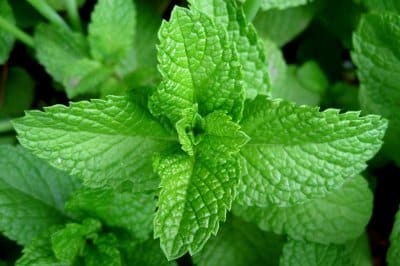Peanuts are a relatively easy crop to grow, although they do require some specific growing conditions. Here are the key steps involved in growing peanuts:
- Climate: Peanuts grow best in warm climates with long, hot summers and mild winters. They require plenty of sunshine and do best in areas with at least 120 frost-free days per year.
- Soil: Peanuts require well-draining, sandy soil with a pH between 5.8 and 6.2. The soil should be fertile and free of weeds and other plants that can compete with the peanuts for nutrients.
- Planting: Peanuts are typically planted in the spring after the last frost, once the soil has warmed to at least 65°F (18°C). The seeds should be planted 1-2 inches deep and spaced about 6-8 inches apart in rows that are spaced about 3 feet apart.
- Care: Peanuts require regular watering, especially during the early stages of growth. They also require regular weeding to prevent competition from other plants.
- Harvesting: Peanuts are typically harvested in the fall, once the plants have matured and the leaves have begun to turn yellow. The plants should be pulled up by hand or using a machine, and the peanuts should be left to dry in the sun for several days before being shelled.
- Processing: Once the peanuts have been shelled, they can be roasted or used in a variety of recipes.
Overall, peanuts can be a profitable crop for farmers, as they are in high demand for use in food products around the world. However, they do require some specific growing conditions and careful attention to achieve a successful harvest.











